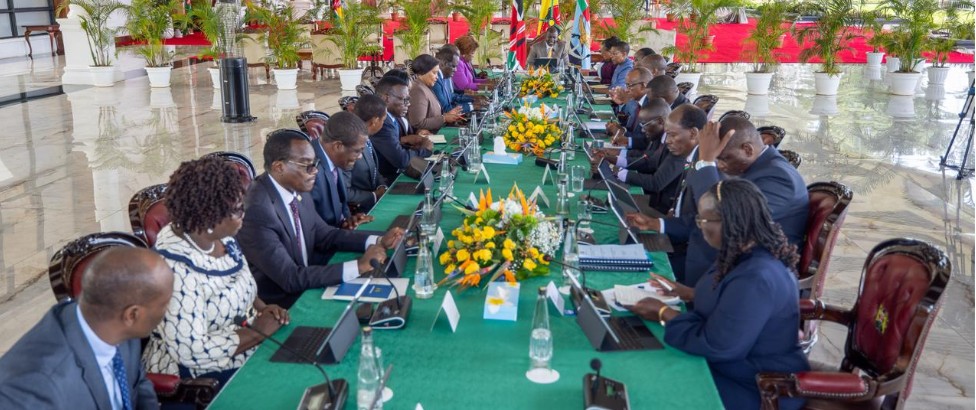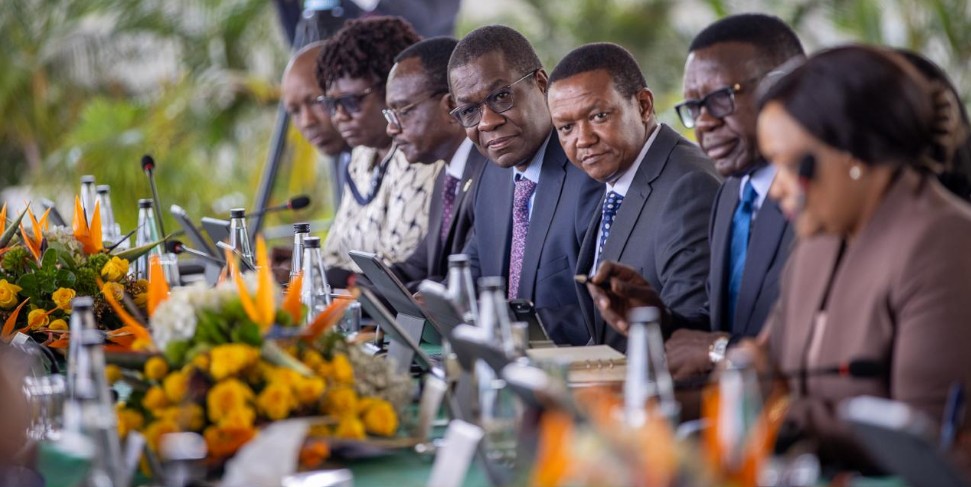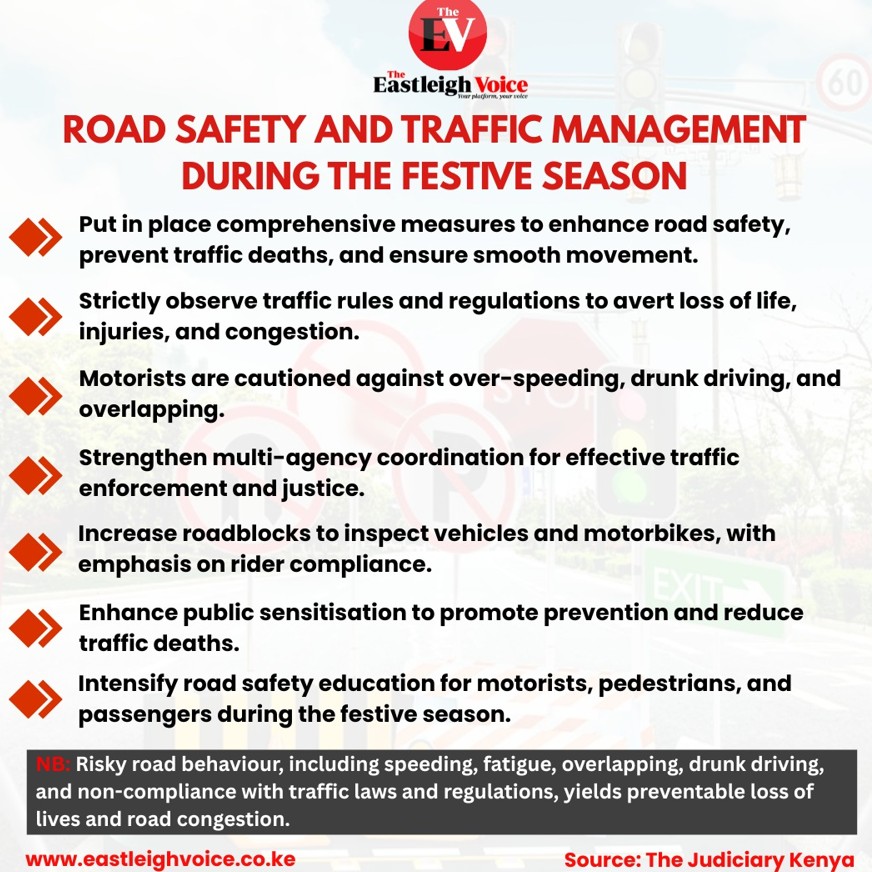KRA defends new vehicles valuation list, citing economic shifts

KRA noted that this will be the first revision to the list since 2019, adding that significant economic changes and technological advancements in the automotive industry had rendered the previous version outdated.
The Kenya Revenue Authority (KRA) has defended its decision to implement a revised Current Retail Selling Price (CRSP) list for imported motor vehicles, stating that the update was long overdue and necessary to reflect current economic conditions and the entry of new vehicle models into the market.
In a statement, the tax agency confirmed that the updated CRSP will come into effect on July 1, 2025.
More To Read
- Cars registered before 2019 must reach Kenyan ports by December 2025 - KEBS
- MPs probe KEBS's controversial vehicle inspection tender
- Car importers urge KRA to drop new certificate of origin rule
- High Court suspends new KRA tariffs on used car imports over public participation concerns
- Car importers sue KRA over new tax formula, warn of 145 per cent price hike on used vehicles
- Car importers warn KRA's new valuation list will collapse market, cost jobs
KRA noted that this will be the first revision to the list since 2019, adding that significant economic changes and technological advancements in the automotive industry had rendered the previous version outdated.
KRA emphasised that the CRSP is a critical component in the valuation of used motor vehicles for tax purposes.
They explained that the customs value is derived by applying depreciation to the CRSP of a new vehicle, taking into account the age of the used vehicle.
The Authority clarified that the customs valuation system is grounded in the World Trade Organisation (WTO) Agreement on Customs Valuation, which Kenya has domesticated under the East African Community Customs Management Act (EACCMA), 2004.
“Following the adoption of the WTO Agreement on Customs Valuation, KRA, in consultation with stakeholders, agreed to use the CRSP method to address challenges encountered in valuing used motor vehicles. This approach aims to standardise values and ensure predictability and transparency within the industry,” stated the Tax authority.
“It was also agreed that the CRSP would be reviewed periodically to reflect changes in the economic environment, including exchange rate fluctuations, inflation, the introduction of newer vehicle models, and changes in tax rates, among other factors.”
They added that the CRSP method, developed in consultation with stakeholders, was adopted to ensure greater transparency and consistency in vehicle valuation.
According to KRA, an attempt to revise the CRSP in 2020 was halted by a court challenge from stakeholders, resulting in the continued use of the 2019 list. However, with support from industry players this year, the agency has now successfully completed a review.
“For example, in 2019, the exchange rate was approximately Sh100 to the US dollar, while in 2025 it stands at around Sh130. Additionally, the import duty rate, which is a key factor in the CRSP, has increased from 25 per cent in 2019 to 35 per cent in 2025,” the statement read in part.
“The excise duty rate for some units has also risen to 35 per cent, compared to a maximum of 30 per cent in 2019. Furthermore, many new and more advanced vehicle models have entered the market, which are not included in the 2019 CRSP.”
The Authority confirmed that the review process was carried out in compliance with a court directive and involved multiple rounds of stakeholder engagement.
Representatives from the Kenya Auto Bazaar Association (KABA), Car Importers Association of Kenya (CIAK), Kenya International Freight Forwarders and Warehousing Association (KIFWA), and KRA’s Customs & Border Control Department formed a technical working group to oversee the process.
KRA said the team held a joint technical meeting in January 2025 to agree on the terms of reference, data sources, and methodology. While most data was drawn from Japanese Yearbooks, the group also agreed to use Goo-net to fill in gaps for models not listed in the yearbooks.
“The new CRSP is a product of a comprehensive consultative process,” KRA emphasised, noting that the revised list includes over 5,200 unique car models, an increase from 3,000 in 2019.
The updated template also takes into account detailed model specifications such as trim levels and performance features, unlike the previous version, which focused primarily on engine size and drive configuration.
KRA explained that this expanded list offers greater accuracy by factoring in detailed specifications such as trim levels and performance features, in contrast to the earlier list, which mainly relied on engine capacity and drive type.
The Authority acknowledged that some vehicle models were still missing from the new list due to limited data, but assured stakeholders that the list would be continuously updated as new information becomes available.
KRA reiterated its commitment to a transparent and collaborative process in customs valuation, balancing legal requirements with market realities and the views of key industry stakeholders.
Car importers had opposed the Kenya Revenue Authority’s (KRA) revised vehicle valuation list, warning that it could cripple the used car market and result in widespread job losses.
The Car Importers Association of Kenya (CIAK) had argued that the updated Current Retail Selling Price (CRSP) list, used by KRA to assess import taxes, had unfairly inflated vehicle prices and had been introduced without sufficient stakeholder engagement.
“The final list disregarded critical input from stakeholders. It’s like the consultations were just for show,” CIAK national chairman Peter Otieno said in a statement.
Top Stories Today












































